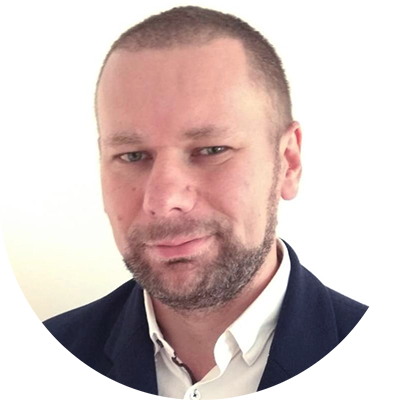Responding to the needs of the domestic economy and expressing concern for the environment and climate, Poland has embraced a massive opportunity to implement the BWRX-300 small modular reactor (SMR) technology.
Leading the way
On the frontier of new technology
According to the World Nuclear Association, despite progress in the transformation, Poland still draws about 70% of its electricity from coal. However, there is a lot of public support for plans to build new nuclear plants—or simply replacing existing coal boilers with SMRs. Poland has a chance to become a testing ground for the latest generation of nuclear technology in the world.
"
BWRX-300 is a breakthrough technology which, simultaneously, builds on GE Vernova Hitachi's decades of experience in nuclear power. It is safe, stable, and at the same time responds to modern challenges in the area of combating climate change.
Dagmara Peret
Country Executive, GE Vernova Hitachi Poland
~24
SMRs planned for construction at six announced sites
80%
public sentiment in favor of nuclear power
SMR benefits
Smarter, safer, faster, more economical SMRs
GE Vernova Hitachi’s BWRX-300 technology represents the latest evolution of the economic simplified boiling water reactor (ESBWR). Merging proven ESBWR technology with advanced construction solutions and innovative building technologies results in an SMR, a reactor that is smarter, safer, faster to construct, and less costly to operate.
Frequently asked questions
Certainty comes with experience
Is nuclear power a clean technology?
A nuclear power plant’s carbon footprint is miniscule compared to units based on fossil fuels. If all the world’s coal and natural gas plants were replaced with low-carbon nuclear power units, global CO2 emissions would be reduced by nearly 13 billion tons annually.
Does Poland use nuclear power?
Currently, Poland operates only a single research reactor named Maria. However, it is not used for electricity production.
However, since the Polish cabinet’s 2005 decision to embrace energy diversification—and move away from its heavy reliance on coal—the prospect for building new, new-generation nuclear plants (including SMRs developed by GVH) in Poland has never seemed more realistic.
Is nuclear power safe?
Nuclear energy has been a safe source of energy for more than 60 years. It is one of the most closely monitored and regulated technologies in the world. It actually has the lowest rate of fatalities and injuries per unit of supplied electricity compared to all other available technologies. Cyber security and physical standards are at the highest available level, Nuclear facilities are also monitored 24 hours a day.
The reactors themselves are built to strident safety requirements, constantly monitored, and layered with many redundancy systems to maintain unparalleled safety parameters.
How is the nuclear industry regulated in Poland?
The Polish National Atomic Energy Agency (PAA) acts as Poland’s nuclear regulator. It is supervised by the Polish Ministry of Climate and Environment and is responsible for overseeing nuclear facilities and radwaste repositories, assessing the national radiation situation, and controlling occupational radiation exposure.
Read about PAA President Andrzej Głowacki’s recently released opinion of the BWRX-300—an important phase of the pre-licensing process.
Are there other uses for nuclear technology, aside from electricity generation?
Many uses for nuclear technology exist beyond power generation, including:
- Using radiation to kill bacteria, insects, and parasites that can cause food-borne diseases.
- Production of new crop varieties.
- Industrial inspection, examining the molecular and macroscopic structure of materials.
- Nuclear gauges that use a radioactive source to detect item characteristics (that is, thickness, density, or chemical makeup).
- Desalination to produce clean drinking water.
- Fuel for various modes of travel.
- Numerous consumer products—from smoke detectors and cosmetics to frying pans and photocopiers.
There is also research into producing steam from nuclear reactors for industrial applications and district heating systems.
Regional experts
Meet the team
With our cross-business resources, we're able to serve a diverse global client base with a strong local presence in markets around the world.
Regions
Learn more about GVH’s impact around the world
More information
Learn more about GE Vernova Hitachi’s products and services
Contact us

 Polski
Polski 




